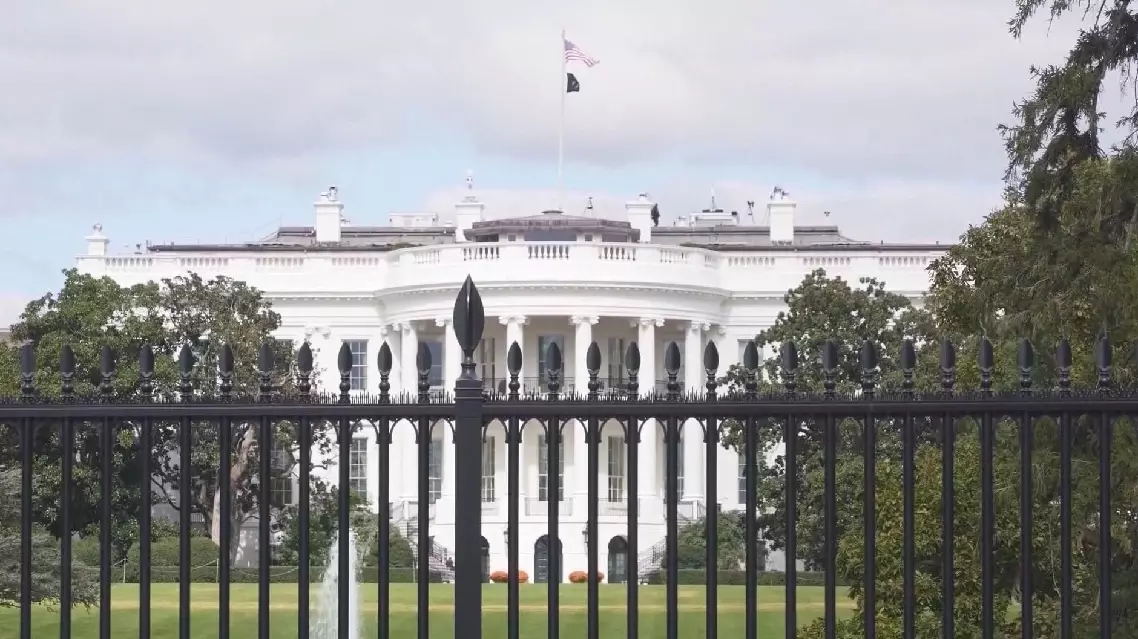As the five-day May Day holiday approaches, China’s civil aviation sector is preparing for a steep increase in the number of travelers who will be taking to the air for holidays and family reunions.
According to the Civil Aviation Administration of China (CAAC), air passenger traffic during the holiday is expected to reach an average of 2.15 million trips per day, a historic high for this period.
Passenger volume and flights on international routes are forecast to reach the highest daily levels since the start of April.
Data from the flight travel app Umetrip shows ticket bookings for the May Day holiday have increased by over 20 percent compared to last year.
“In terms of travel destinations, Beijing, Guangzhou, Chengdu, Shenzhen, and Xi’an are the top five domestic destinations for travelers from Shanghai. Meanwhile, Tokyo, Osaka, Seoul, Singapore, and Bangkok are the five most popular international destinations,” said Zhao Nan, general manager of the industry development department at Umetrip, in an interview with China Central Television.
In response to the expected travel surge, China Eastern Airlines has extended its “air express” service to Singapore and Bangkok for the first time during the May Day holiday, and added more flights to meet increased demand.
“During the May Day holiday, China Eastern Airlines will increase its capacity, with over 15,200 flights scheduled. We have upgraded some smaller aircraft to larger ones to fully meet the travel needs of passengers during this peak period,” said Yang Zhiyong, deputy general manager of the marketing department at China Eastern Airlines.
New routes are also offering travelers more options. On Monday afternoon, China Eastern Airlines launched a new direct route from Shanghai to Abu Dhabi in the United Arab Emirates (UAE), with the inaugural flight already fully booked.
A new direct flight from Shanghai to Xigaze in Xizang Autonomous Region will commence on May 1, the first day of the holiday, marking the first direct air link between Shanghai and a feeder airport in Xizang.
Meanwhile, Beijing Daxing International Airport is also preparing for the busy holiday, with 4,687 flights and 714,000 passenger trips expected, a year-on-year increase of 5.7 percent and 8.1 percent, respectively, both record highs.
“During the May Day holiday, it is expected that passenger traffic will be concentrated on traditionally popular tourist routes from Daxing Airport to the Yangtze River Delta, the Pearl River Delta, and the Chengdu-Chongqing region. Currently, Daxing Airport connects to over 130 domestic passenger destinations, with new direct flights added to Mangshi City and Xiangxi Tujia and Miao Autonomous Prefecture. The airport also operates more than 30 international and regional routes. Notably, there will be a significant increase in passengers traveling to Japan, South Korea, and Europe during the holiday,” said Pan Xiaofang, manager of the aviation department at Beijing Daxing International Airport.
Family travel and reunions account for over 60 percent of all trips during the holidays.
Popular tourist destinations include the cities of Taiyuan, Foshan and Guiyang, as well as Ili Kazakh Autonomous Prefecture and Lingshui Li Autonomous County, with flight occupancy rates to these places over 95 percent.
“On several popular tourist routes, especially those departing from Daxing to cities like Wuhan, Nanchang, Chengdu, and Shanghai, additional capacity has been added, with some flights now operated by wide-body aircraft. The flight frequency on each of these routes will exceed 10 departures per day,” said Pang Bo, senior deputy manager of the marketing and sales department at China Eastern Airlines Beijing Branch.
Inbound travel will also see a substantial increase. Data from China’s online travel agency Ctrip indicates a 173-percent year-on-year surge in inbound tourism orders during the holiday.
To accommodate international visitors, Daxing Airport has set up a dedicated service area to provide foreign tourists with services such as help with mobile payment systems and phone services, baggage assistance, tourism information, and transport advice.
China expects air travel surge during May Day holiday as demand soars
The Donald Trump administration has now induced over 200 lawsuits in the United States due to its divisive policies in the first 100 days since returning to the White House.
April 29 marks the 100th day of Trump’s second term, a traditional milestone for evaluating a president’s progress against campaign promises. In the chaotic first 100 days, Trump’s administration has rolled out policies to impose sweeping tariffs, push for deportation of immigration, lay off massive federal employees, and shut down a great number of government agencies, among others.
According to Just Security, an editorially independent, non-partisan, digital law and policy journal, so far over 200 lawsuits relating to tariffs, immigration policy, education, and agency layoffs have been filed against Trump’s administration in the United States since the beginning of its term.
In particular, legal challenges against the administration’s tariff policies have been escalating.
On April 14, multiple U.S. small businesses jointly sued the U.S. government over its tariff policies.
In addition, twelve states, including California, have jointly sued the federal government, urging it to immediately halt its illegal reciprocal tariffs.
In terms of immigration policy, Trump signed an executive order on his first day in office to end birthright citizenship, which was later blocked by multiple federal judges.
In the field of education, Harvard University has recently accused the U.S. government of trying to control the university’s academic decisions by freezing federal funds.
In addition, the Trump administration’s massive layoffs across many government agencies have also triggered a wave of lawsuits.
According to the New York Times, as of Saturday, at least 108 judicial rulings had blocked the government’s effort to implement relevant policies.
Some analysts point out that the Trump administration’s aggressive push for these policies reflects its intent to weaponize the executive power, which has triggered a flood of legal challenges.
This phenomenon of “the U.S. suing itself” not only highlights the escalating conflict between the executive and judicial branches, but also reveals how the legal arena is becoming a key battleground for partisan warfare.
The continuous and escalating clashes between U.S. executive and judicial branches, along with the intensifying partisan warfare, have fueled the growing public disillusionment and discontent.
In April alone, over 1,000 protests erupted across the United States, covering all of its 50 states.
Trump’s administration faces over 200 lawsuits in chaotic first 100 days



